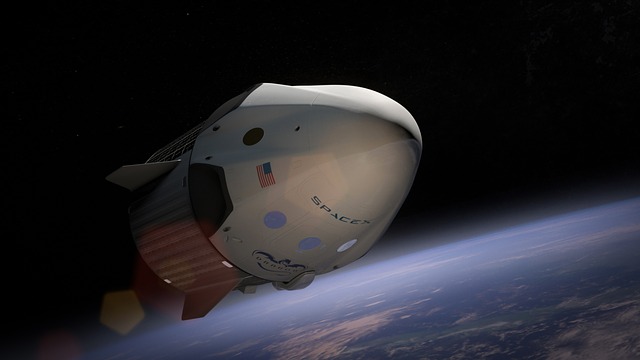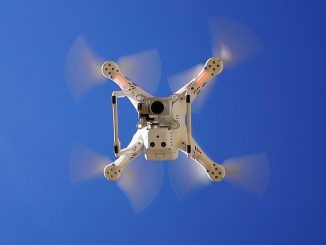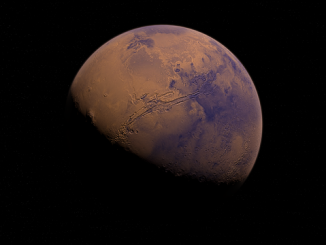
Just days after SpaceX’s Heavy Falcon rocket performed a successful static fire test at Launch Complex 39A at the Kennedy Space Center, the U.S. Federal Aviation Administration (FAA) issued on Saturday a launch license for the Heavy’s debut flight, which is scheduled for Feb. 6 with a launch time of 1:30 p.m..
The newly issued license, which was the final regulatory hurdle to Heavy’s upcoming launch, describes the spacecraft’s nontraditional payload as a “modified Tesla Roadster (mass simulator)” that will be transported into a hyperbolic trajectory with respect to Earth. SpaceX CEO Elon Musk said in December that he intends to place his midnight cherry red Tesla Roadster into a billion-year orbit around Mars – a “red car for the red planet”. The license does not describe the modifications to Musk’s electric car and covers only this first launch as every commercial launch in the U.S. need to acquire a license.
While there were no significant doubts that SpaceX was going to get the license, what makes Heavy’s inaugural launch its most anticipated mission yet is that besides the rocket’s impressive specs which include three cores with a cluster of 27 Merlin engines that provide more than 5 million pounds of thrust at liftoff, allowing the 230 feet tall, 40 feet wide spacecraft to lift more than 140,000 pounds of mass into lower Earth orbit and 58,860 pounds to Geostationary transfer orbit, this rocket and the one that will come after Heavy`s maiden voyage, the “Big Falcon Rocket,” or BFR, could be the spacecrafts that end up transporting humans to the Red Planet later down the line.
Musk’s Mars optimism is based on the rapid progress that SpaceX has made in the development of reusable rockets as a way to slash the cost of spaceflight. The cost savings of completely reusable boosters could be significant, especially if they end up flying as much as SpaceX wants them to (Musk has said that BFR’s system is being designed for reuse up to 1,000 times), as they could make Mars missions not just affordable but a viable reality.
In a way, Heavy’s imminent first flight marks the beginning of a new era in commercial access to space. Musk has spoken frequently about his ambition to push the commercial frontier of spaceflight beyond low-Earth orbit and into deep space. If Heavy’s launch is successful, this will not only be another major first for Musk’s company, but the achievement will also mark a crucial first step toward humanity’s goal of becoming a multi-planetary civilization.
- Bulenox: Get 45% to 91% OFF ... Use Discount Code: UNO
- Risk Our Money Not Yours | Get 50% to 90% OFF ... Use Discount Code: MMBVBKSM
Disclaimer: This page contains affiliate links. If you choose to make a purchase after clicking a link, we may receive a commission at no additional cost to you. Thank you for your support!




Leave a Reply